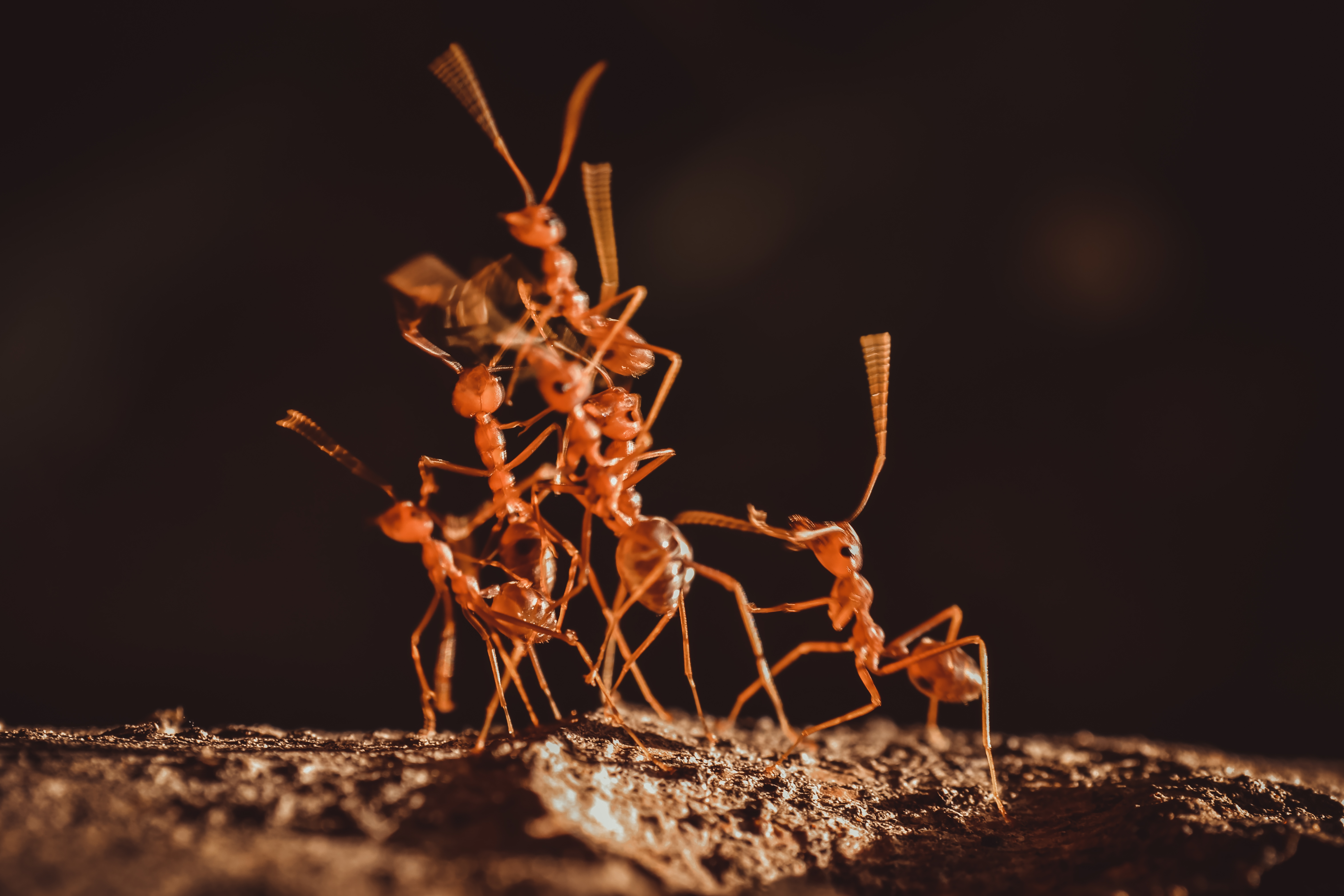Tiny Creatures That Are More Terrifying Than Lions
When we think of terrifying creatures, our minds often leap to the apex predators of the animal kingdom, like lions or sharks. Yet, there exists a world beneath our feet, in the cracks and crevices of our environment, where tiny creatures wield power and horror far beyond their size. These minuscule beings, often overlooked, possess capabilities that can paralyze, devastate, and even kill with precision and efficiency. This article delves into the realm of these diminutive yet formidable creatures, exploring their unique abilities and the reasons why they are, in many ways, more terrifying than the mighty lion.
The Mighty Mosquito: The Deadliest Animal on Earth
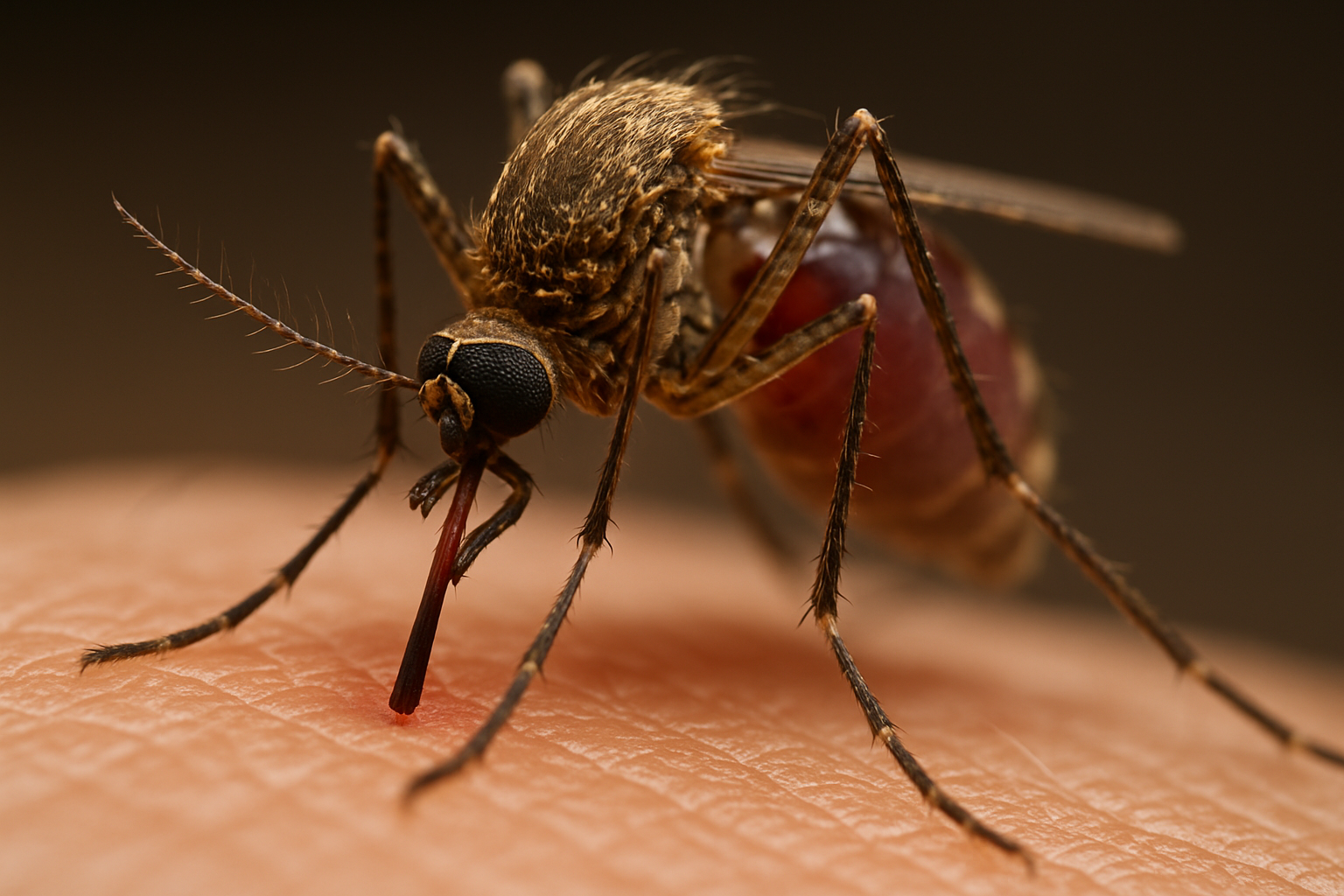
Despite its tiny size, the mosquito is responsible for more human deaths than any other animal. This seemingly innocuous insect is a vector for deadly diseases such as malaria, dengue fever, Zika virus, and yellow fever. Mosquitoes have adapted to thrive in diverse environments, making them a persistent threat globally. Their ability to breed rapidly and develop resistance to pesticides complicates efforts to control their populations. The terror of mosquitoes lies not in their bite, but in the pathogens they carry, which have shaped human history through epidemics and continue to pose significant public health challenges.
The Venomous Box Jellyfish: A Silent Ocean Predator
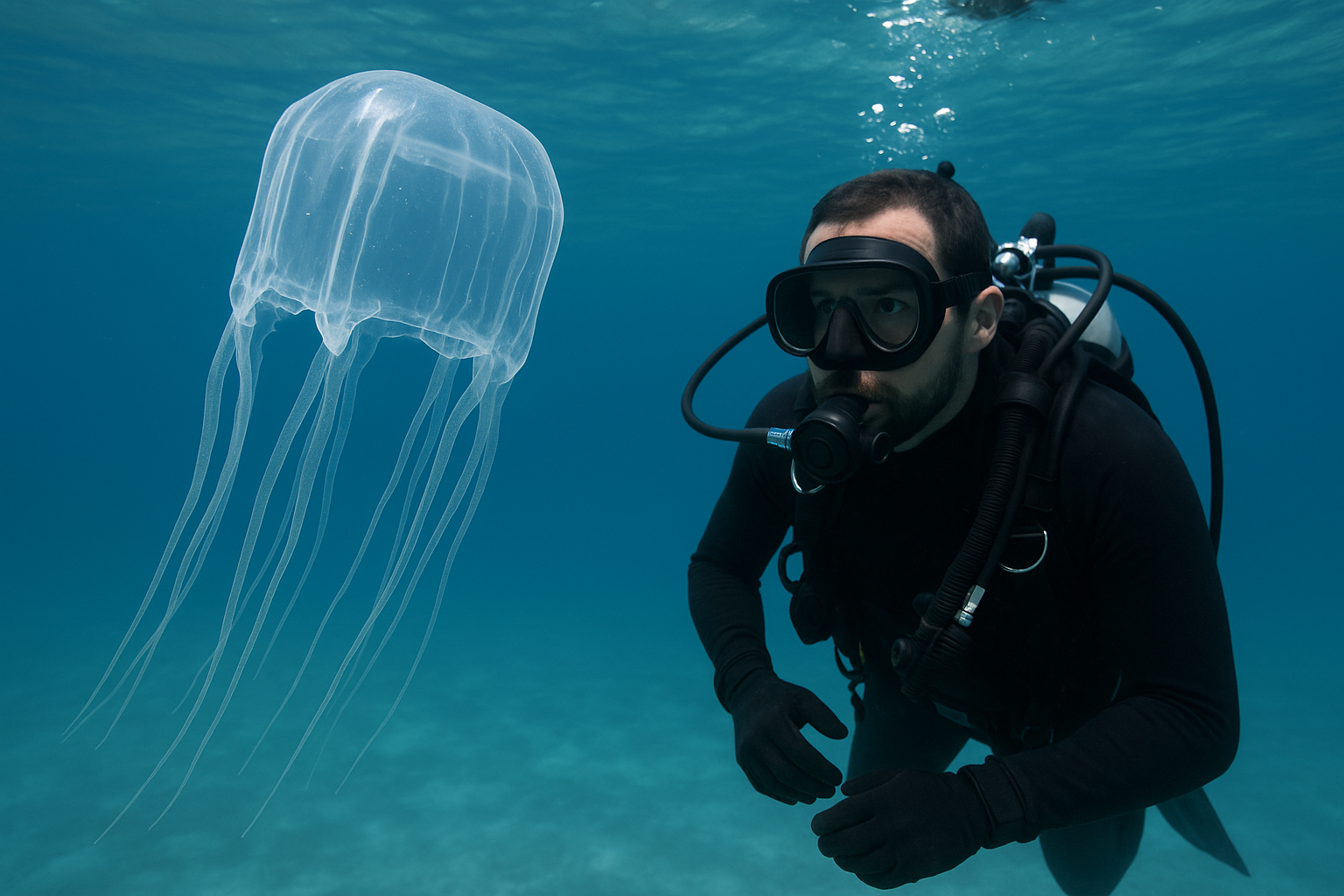
While jellyfish might not seem intimidating, the box jellyfish is a marine creature to be feared. Found primarily in the waters of the Indo-Pacific, its tentacles are equipped with cnidocytes that deliver venom capable of causing heart failure, paralysis, and death in minutes. Unlike lions, which rely on strength and speed, the box jellyfish's power lies in its stealth and invisibility, often going unnoticed until it’s too late. Despite its lack of a brain, this gelatinous predator has developed sophisticated hunting techniques, making it one of the ocean's most efficient killers.
The Ferocious Army Ants: Nature's Relentless Swarm
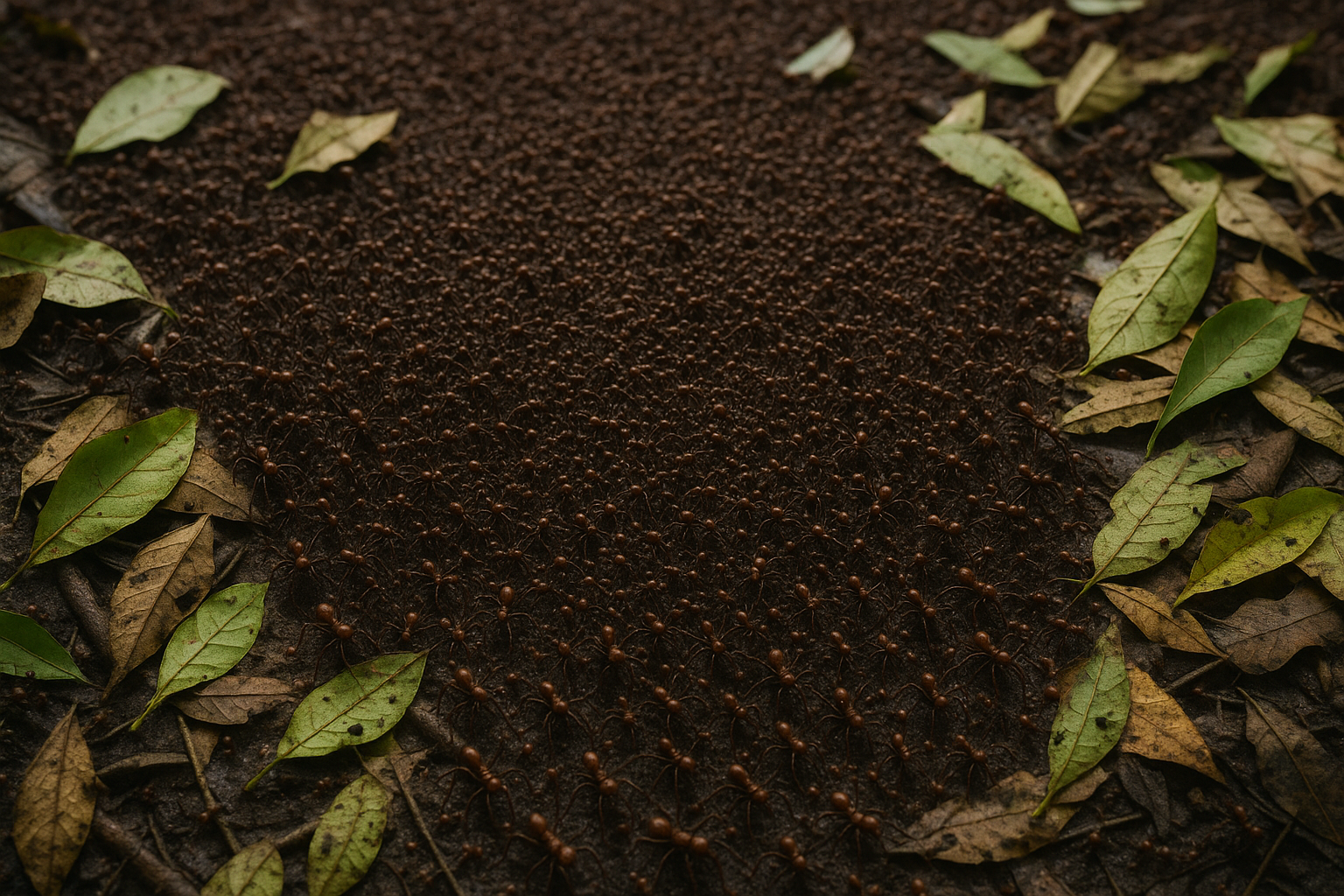
Army ants are a force of nature, known for their aggressive foraging raids that can decimate entire ecosystems. Unlike lions that hunt individually or in small groups, army ants operate as a collective, with colonies numbering in the millions. They consume everything in their path, from insects to small vertebrates, using their powerful mandibles to tear prey apart. Their coordinated movements and ability to adapt to various environments make them a formidable presence. The sheer scale and organization of an army ant swarm can overwhelm and destroy much larger creatures, showcasing the terrifying power of unity in the animal kingdom.
The Ruthless Brazilian Wandering Spider: Lurking in the Shadows
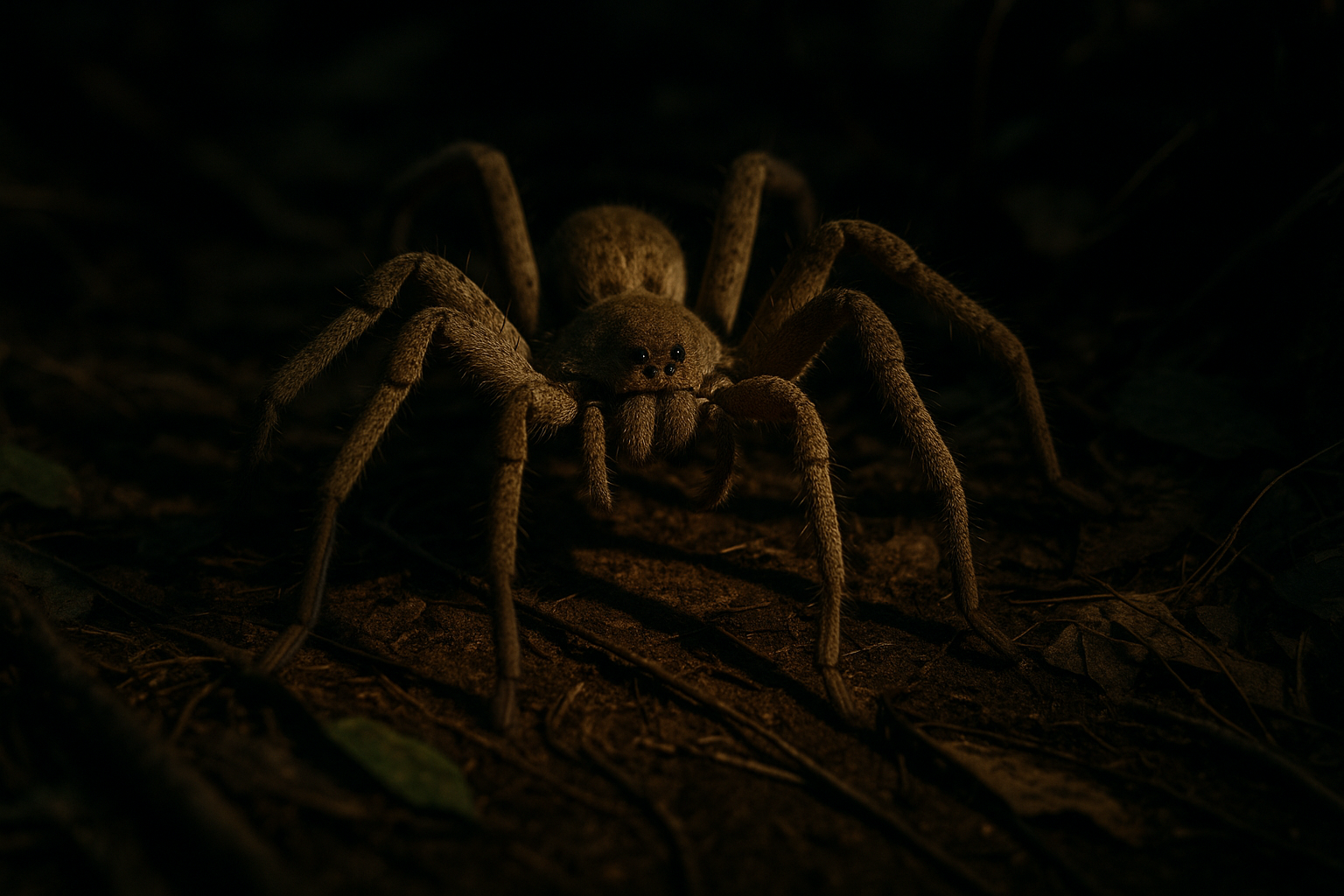
The Brazilian wandering spider, also known as the banana spider, holds the title of the most venomous spider in the world. Its venom contains a potent neurotoxin that can cause severe pain, paralysis, and even death. Unlike other spiders that rely on webs, this nocturnal hunter actively roams the forest floor in search of prey, making it more unpredictable and dangerous. The spider’s aggressive nature and tendency to hide in human dwellings add to its threat, often leading to accidental encounters. Its reputation for delivering painful and potentially lethal bites has earned it a fearsome reputation, rivaling that of much larger predators.
The Formidable Bullet Ant: Pain Beyond Measure
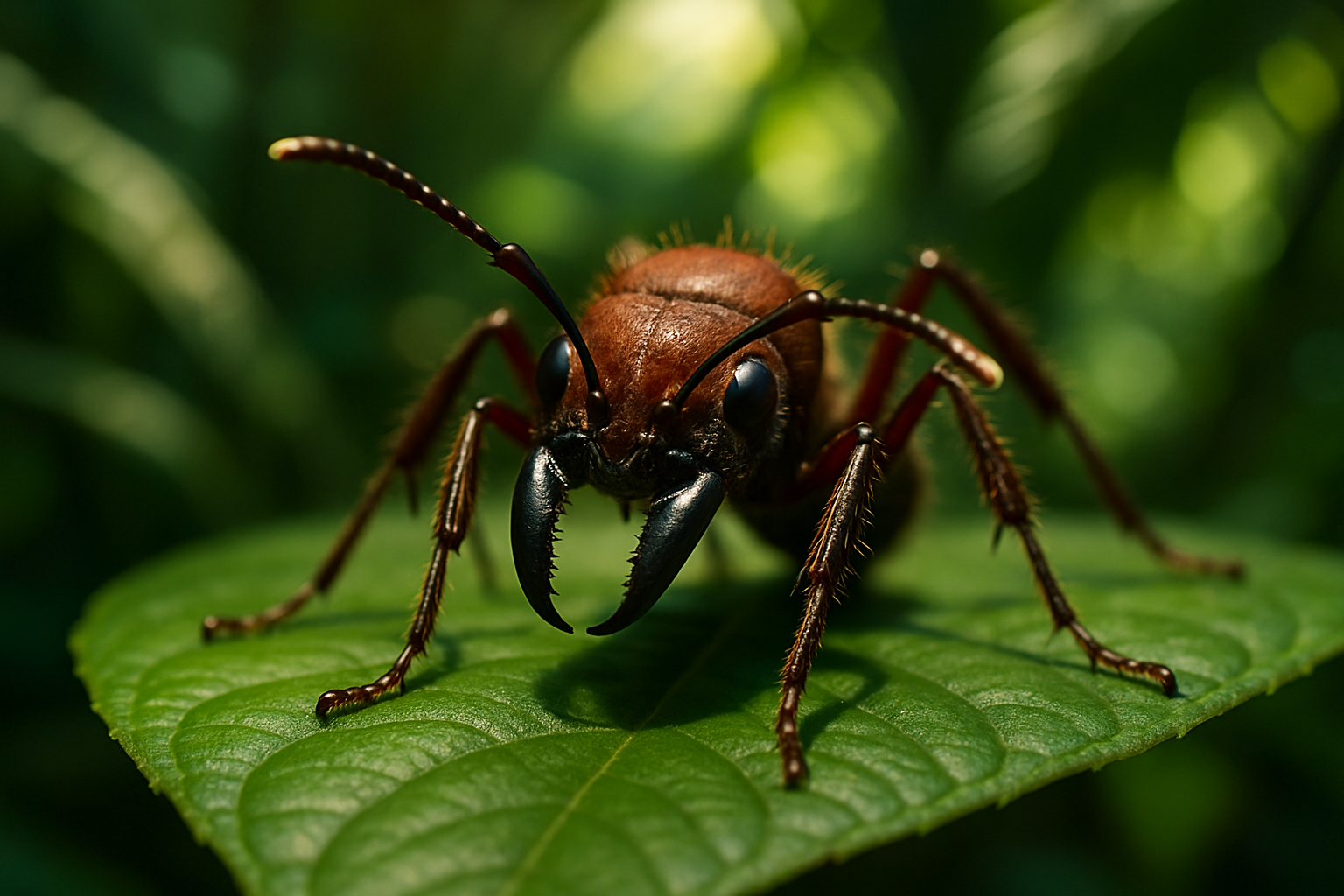
Known for having the most painful sting of any insect, the bullet ant’s venom is likened to being shot, hence its name. Found in the rainforests of Central and South America, these ants use their powerful sting as a defense mechanism against predators. The pain from a bullet ant sting can last for 24 hours, causing intense burning and throbbing. Unlike lions, whose terror is immediate and visible, the bullet ant’s power lies in its ability to cause prolonged agony, making it a creature best avoided. Indigenous tribes have even incorporated the sting into initiation rites, underscoring its cultural significance and fearsome reputation.
The Insidious Assassin Bug: A Silent Killer

Assassin bugs are aptly named for their stealthy and lethal hunting tactics. These insects use their elongated mouthparts to inject venom into their prey, liquefying their insides for easy consumption. Some species, like the kissing bug, are vectors for Chagas disease, which can cause severe long-term health issues in humans. Unlike the lion, whose power is evident, the assassin bug's threat is insidious, often going unnoticed until symptoms of disease appear. Their ability to transmit pathogens and adapt to various environments makes them a significant concern for both ecological balance and human health.
The Toxic Cone Snail: A Beautiful but Deadly Marine Creature
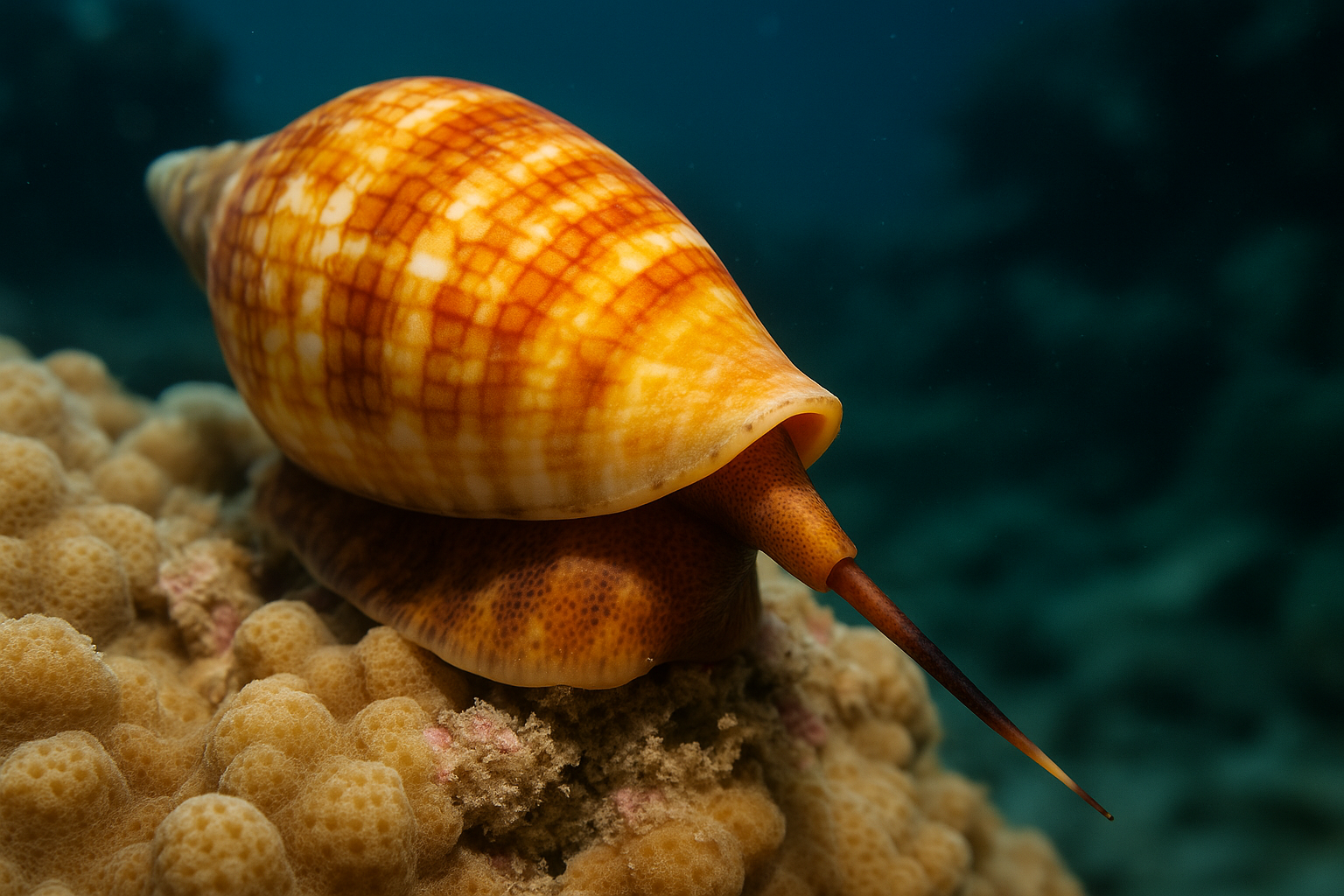
The cone snail, with its beautifully patterned shell, is deceptively dangerous. Found in tropical and subtropical waters, these snails possess a harpoon-like tooth capable of delivering venom potent enough to kill humans. The venom contains a complex cocktail of toxins that can cause paralysis and respiratory failure. Unlike the lion, whose predatory nature is overt, the cone snail's danger lies in its ability to strike without warning, often catching its prey off guard. The snail’s venom is so effective that researchers are studying it for potential medical applications, highlighting the dual nature of its terrifying capabilities.
The Lethal Blue-Ringed Octopus: A Tiny but Potent Threat
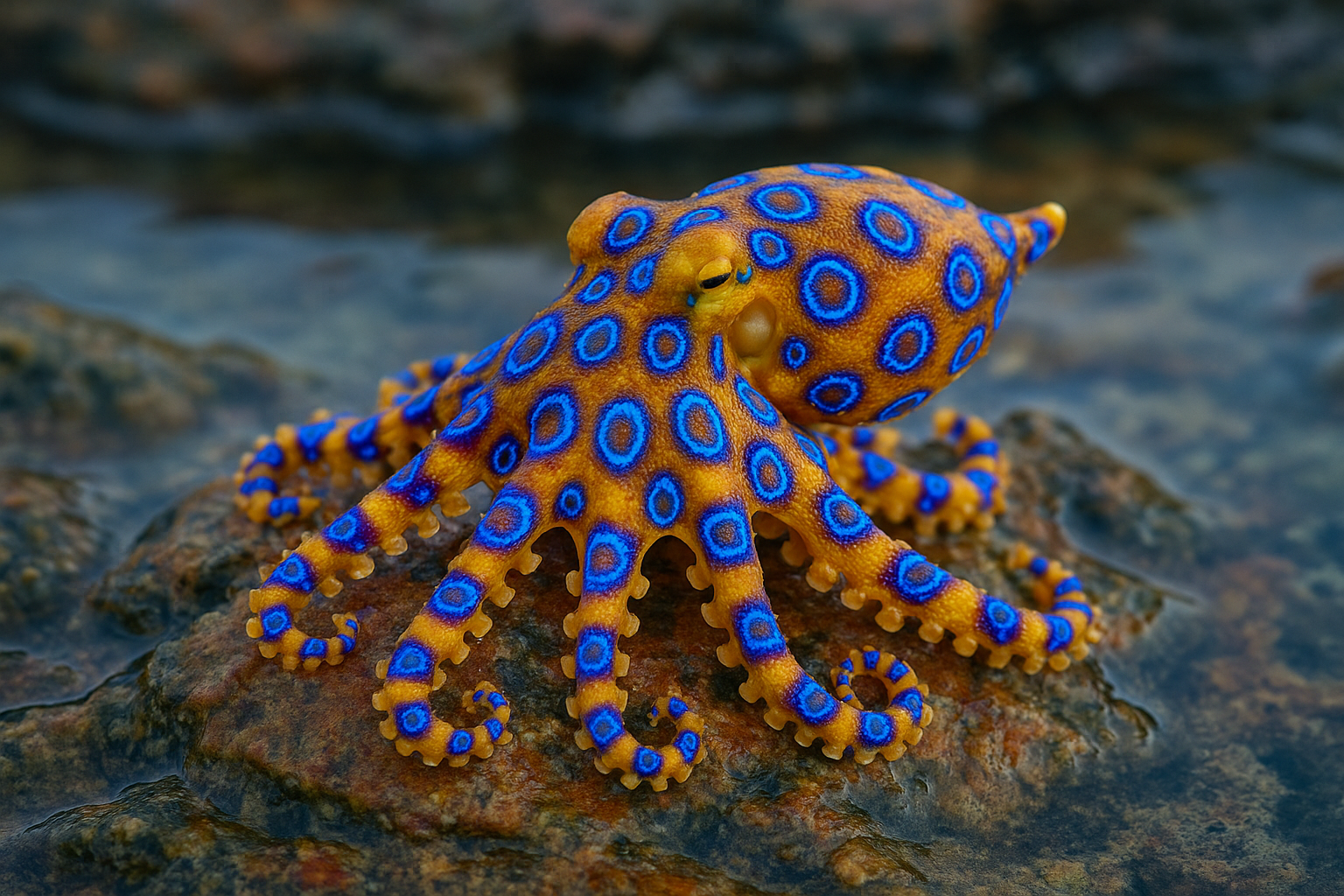
The blue-ringed octopus, found in tide pools and coral reefs, is one of the most venomous marine animals. Despite its small size, it carries enough venom to kill multiple humans within minutes. The octopus’s venom contains tetrodotoxin, a potent neurotoxin that can cause muscle paralysis and respiratory failure. Its striking blue rings serve as a warning to potential predators, but its small size allows it to remain hidden until threatened. The blue-ringed octopus’s ability to incapacitate and kill with such efficiency makes it a formidable creature, demonstrating that size is not always indicative of power.
The Dangerous Tsetse Fly: Africa's Silent Menace

The tsetse fly is a small insect with a significant impact, primarily through its role in transmitting African trypanosomiasis, or sleeping sickness. This disease affects both humans and animals, causing severe neurological symptoms and, if untreated, death. The tsetse fly's ability to thrive in diverse environments and its resistance to control measures make it a persistent threat in sub-Saharan Africa. Unlike the lion, whose presence is often a visible deterrent, the tsetse fly's danger is in its subtlety, quietly spreading disease and impacting the health and livelihoods of millions across the continent.
The Unseen Power of Tiny Terrors

While lions may reign as kings of the jungle, the tiny creatures explored in this article demonstrate that true terror often comes in small packages. From the disease-spreading mosquito to the venomous cone snail, these creatures wield power and danger far beyond their size. Their ability to adapt, hide, and strike with precision makes them formidable adversaries in their respective ecosystems. Understanding and respecting these tiny terrors is crucial, as they continue to shape our world in profound and often unseen ways. In the grand tapestry of nature, it is clear that might does not always equate to size.





